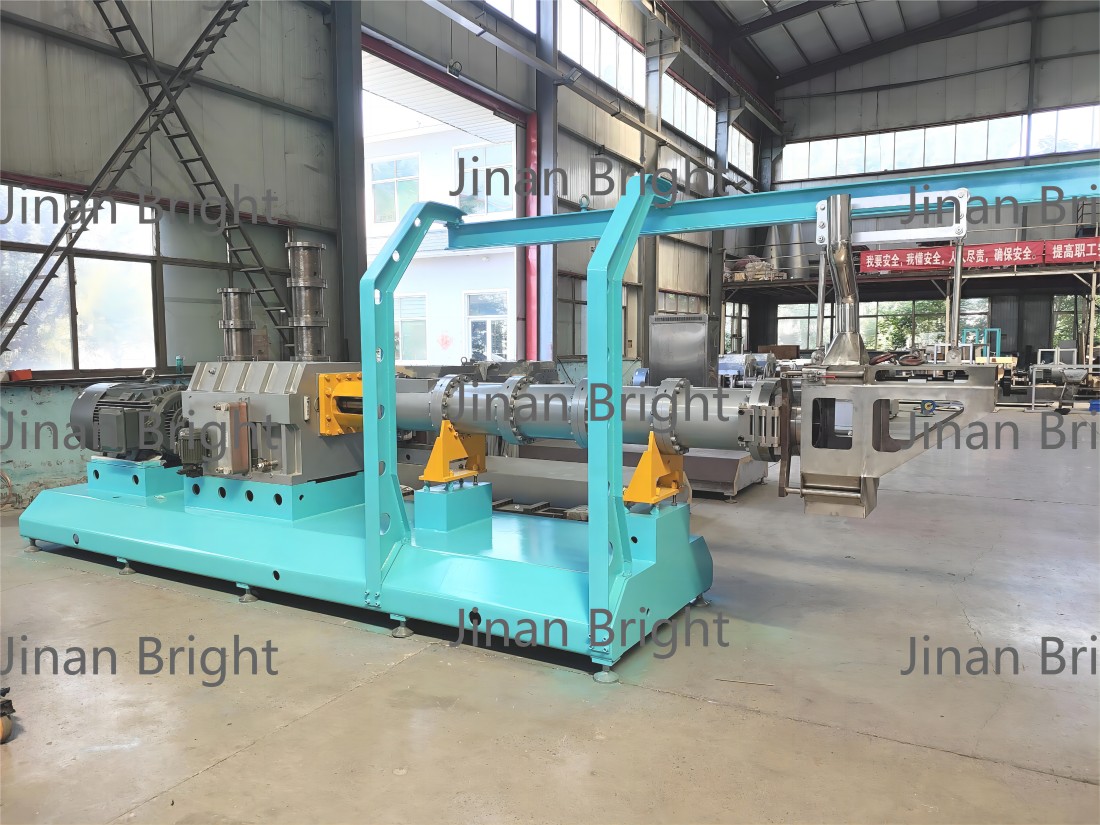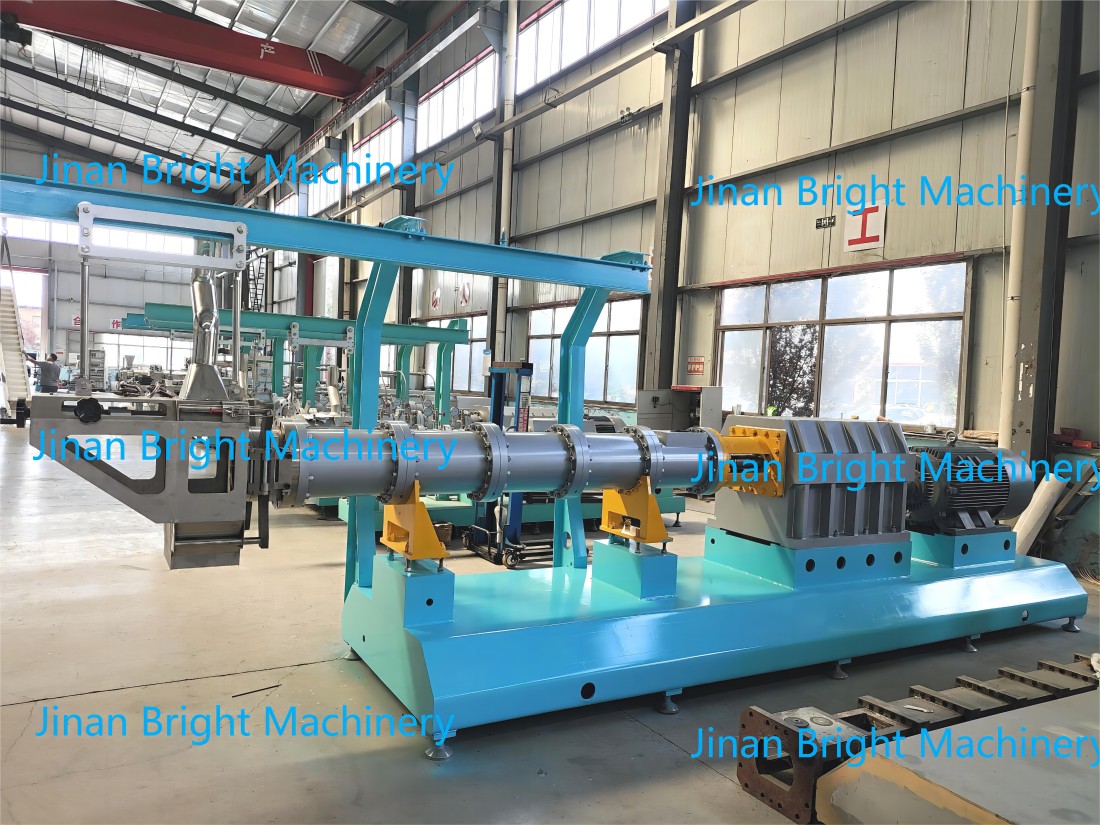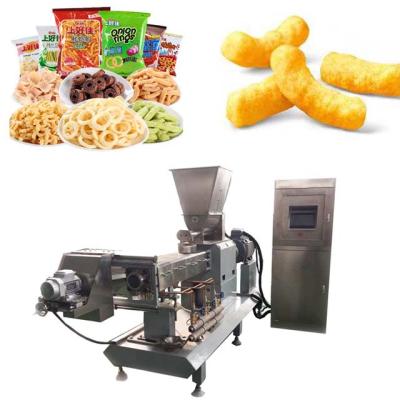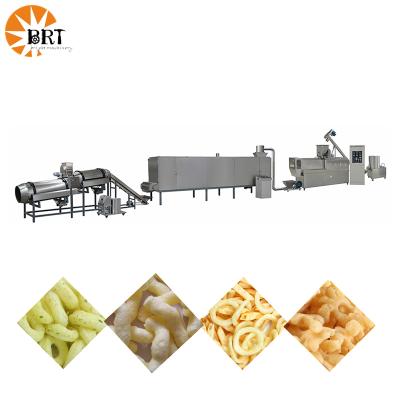What Kind of Fats are Used in Pet Food Production?
What Kind of Fats are Used in Pet Food Production?
Grease is the collective name for fat and oil. It is one of the main nutrients in pet food. The chemical elements contained in grease are mainly C, H, O, and some also contain N, P and other elements. The grease in pet food provides fat for pets. . For pets, fat is an important component of their body tissues. Fat is found in pets’ skin, bones, muscles, nerves, blood, and internal organs. Most lipids are important components of cell membranes, and lipids are also raw materials for cell proliferation, renewal, and repair. At the same time, fat is also involved in the synthesis of certain metabolic regulatory substances in cells, such as sex hormones and bile acids. In pet dogs, fat accounts for up to 10-20% of their own body weight. When the proportion of fat reaches a certain level, it will increase the palatability of cat food. In order to meet the demand for fat content in pet food production lines, the amount of fat added usually reaches about 10% of the formula.

Chicken fat is a very common source of fat in pet food production lines. Its use in pet food has accounted for 10%-20% of the total production, and it has a better flavor than other fats.
Chicken fat comes from several different sources: refined, refined-refined, low-temperature blanched, etc. This results in differences in the quality, consistency and cost of their products, as well as smaller differences in their secondary nutrients (such as carotenoids), palatability and stability. Chicken fat contains fatty acids, proteins, fat-soluble vitamins, sterols and other components.
The fatty acid composition is one of the important indicators to evaluate the nutritional value of chicken fat, and it is also an important chemical component that affects its flavor.
Modern research shows that the degradation products generated by the oxidation of chicken fat and the products generated by participating in the Maillard reaction not only have a fatty aroma, but also form the characteristic aroma of chicken, which can improve the flavor function of chicken fat. The unsaturated fatty acids in chicken fat have a significant impact on flavor, especially monounsaturated fatty acids, which contribute greatly to image authenticity. It is relatively easy to maintain the stability of chicken fat when it is stored in bulk; however, when chicken fat is added to pet food, its stability can be affected. The way food is handled and packaged directly affects the effectiveness of preservatives.
In addition, the condition of the fat is critical when adding preservatives, including its moisture content, peroxide value, free fatty acid levels and impurities as low as possible. Factors considered include cost, availability, flavor and aroma. Chicken fat is rich in linoleic acid, an essential fatty acid for pets. Its content is about 19.5%, which is about twice the content in lard. Chicken fat is suitable for use in both dog and cat diets and has a better flavor than other fats.
Chicken fat's digestibility and contribution to total metabolic energy in food also compares favorably with other fat sources such as beef tallow or pork fat.

Butter is one of the earliest primitive fats used in pet food. Most of the butter is saturated fatty acids (that is, solid at higher temperatures), which is also in line with the definition of tallow, and its melting point is 40 degrees Celsius. In pets, saturated fats like beef tallow are inversely related to transport lipoproteins and can contribute to cholesterol and coronary heart disease. Pets are considered "HDL species," which means they have a good advantage of HDL in their circulation. About 50% of the fatty acids in butter are saturated, containing a small amount of linoleic acid and linolenic acid, and no long-chain fatty acids omega-3, which is similar to the saturation of sheep oil. Compared with chicken fat and lard, butter has a higher digestibility (digestibility is more than 97%).
Among different fat sources, beef tallow is more palatable than mutton or mutton fat, and tallow is also considered to be more stable than unsaturated fats, and only requires fewer antioxidants to achieve shelf life. Butter also contains small amounts of conjugated linoleic acid, which shows its potential as a natural anti-cancer element. Butter provides energy and flavor to pet foods, but a balanced diet may require some supplementation rich in linoleic acid. Butter is a good platform for providing energy and flavor. Oils and fats are heated at high temperatures to form volatile flavor organic components. According to their chemical structures, they can be divided into aldehydes, alcohols, ketones, esters, etc.
Different types of volatile substances can produce different flavor combinations, such as fat, meat, mushroom, cream, etc. Specifically, cats prefer foods coated in butter and chicken fat.


